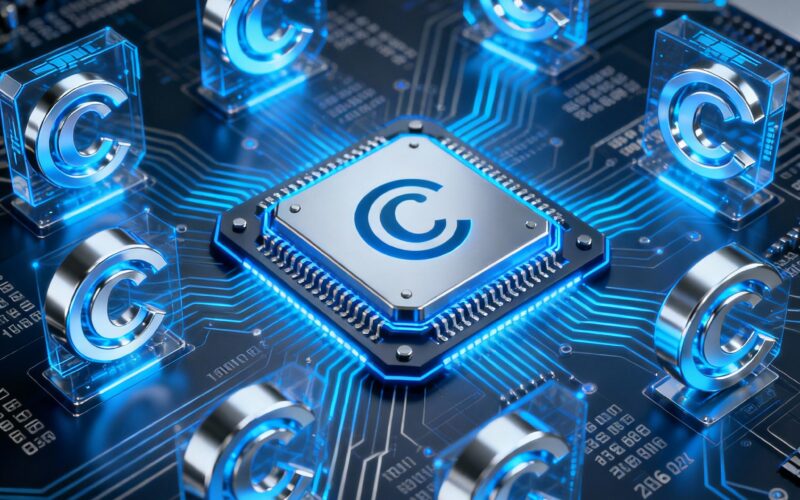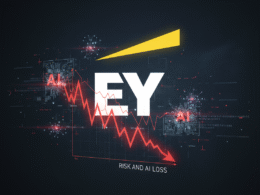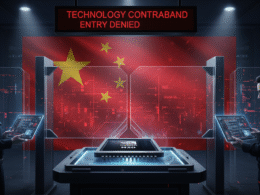The US Supreme Court is being asked to weigh in on a pivotal AI copyright dispute that challenges current laws about creative works made by artificial intelligence. Stephen Thaler, a computer scientist, has called on the court to rethink a ruling that denies copyright protection to art created entirely by AI. He argues this denial stifles AI-driven creativity and goes against the constitutional purposes guiding copyright law.
Thaler’s case focuses on a piece called “A Recent Entrance to Paradise,” created by his AI system named “DABUS.” The US Copyright Office rejected his 2018 copyright application, holding that only works created by humans qualify for protection. Courts have upheld this view, emphasizing human authorship as essential. However, Thaler insists that this requirement is outdated, given how AI now independently produces creative works.
Similarly, the Copyright Office has refused copyright claims from artists who used the AI tool Midjourney to assist in their creations. Unlike Thaler, those artists had some human input in their work. These rulings raise critical questions about how copyright law should adapt to fast-evolving technologies. Should AI-generated content without human authorship receive legal protection? This is the central issue in this ongoing AI copyright dispute.
Thaler warns the Supreme Court that delaying a decision could harm AI innovation during these crucial years. As generative AI rapidly develops original content in various fields, he stresses the urgency for legal clarity. His legal team points out that current copyright law does not unequivocally forbid protecting AI-created works. Denying such rights, they say, threatens to halt creativity fostered by new technology.
This AI copyright dispute has fueled wide debates. Some believe protecting AI-generated art encourages innovation and progress. Others argue that copyrights must remain rooted in human creativity to preserve the law’s original intent. How the Supreme Court decides could set an important precedent for the future of intellectual property and AI development.
Courts and lawmakers are also grappling with similar questions in other creative domains like music, literature, and software. Recent rulings mostly keep human authorship as the legal baseline. Yet, with AI tools becoming more autonomous, these protections face increasing challenges. The evolving legal landscape calls for thoughtful updates to balance protecting creators and encouraging innovation.
In the end, the Supreme Court’s ruling on this AI copyright dispute will have broad implications. It will affect artists, tech companies, and consumers alike. The case highlights tensions between emerging AI capabilities and the current human-focused copyright framework. Depending on the ruling, the court could expand legal protections to AI creations or reinforce the traditional approach that reserves copyrights for humans.
This decision is highly anticipated as it will define how copyright law evolves alongside AI technology. The growing presence of AI-generated content calls for laws that keep pace with innovation. The ruling could either open doors for a new class of creators or reaffirm human-centric intellectual property rights, shaping the artistic and technological landscape for years to come.
As this dispute unfolds, one thing is clear: AI’s role in creativity is no longer a question of future potential but a present challenge for legal systems worldwide. The Supreme Court’s choice to address this issue signals its importance for both creators and the AI industry as it matures and reshapes how art and innovation are understood.
The ongoing AI copyright dispute reflects a broader shift in how society recognizes authorship and ownership in the digital age. It captures the complex balance between protecting original work and embracing technological advancement. How this balance is struck will influence not only legal precedents but the future of creativity itself.








